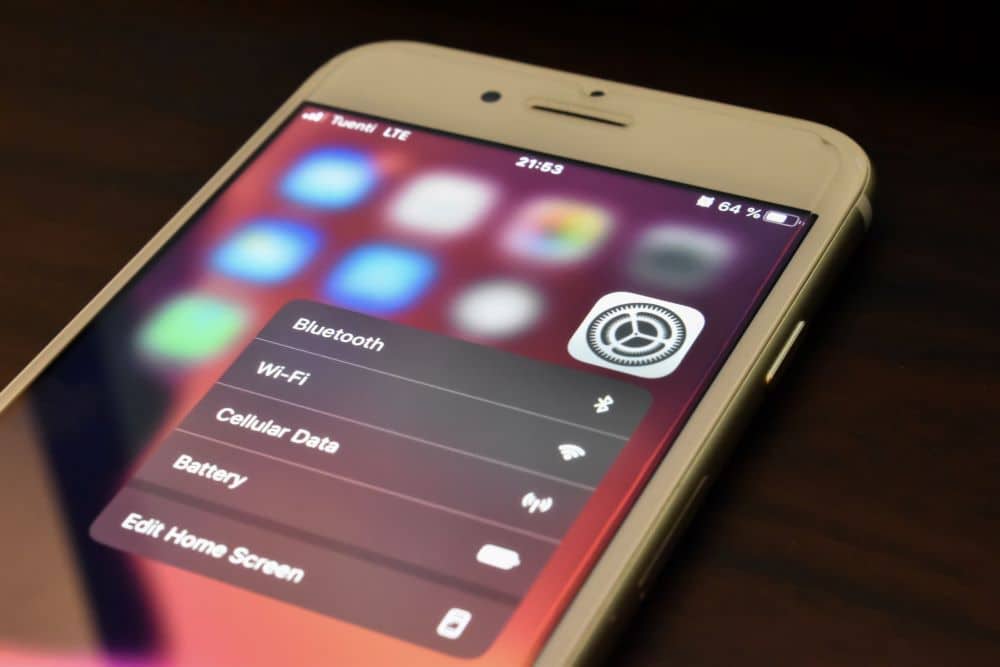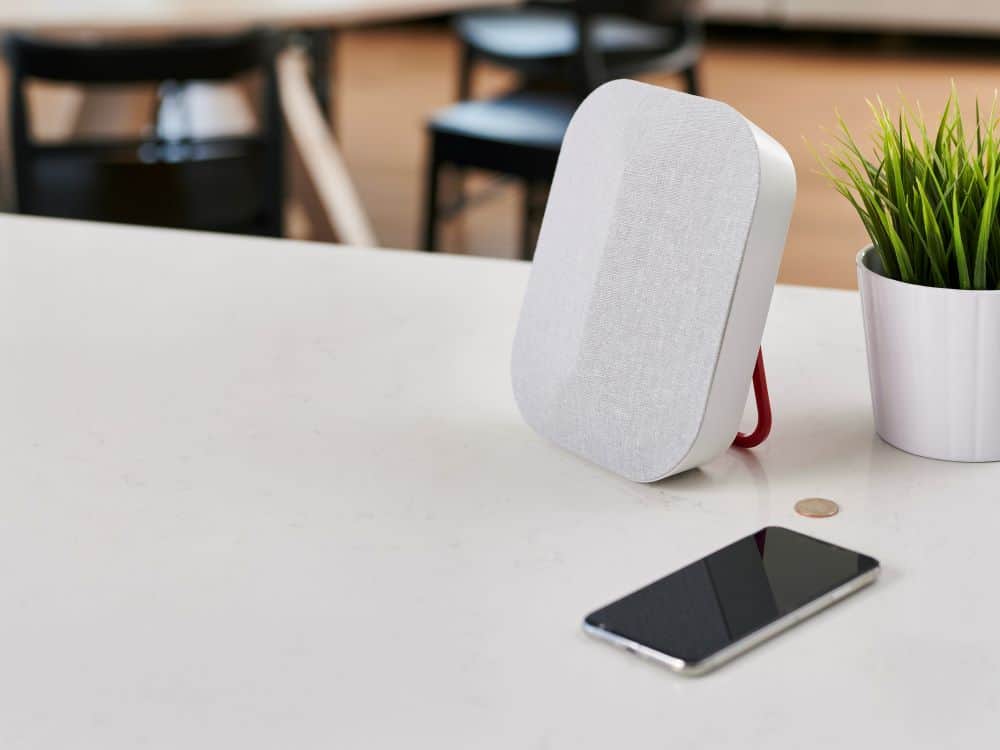What is the Easiest Way to Boost Cell Signal?
Posted on 3/12/2024 by Web Admin
The modern world is more connected than ever before, so it’s critical to improve weak cell phone signal whether you’re in a building, on a road trip, or in your RV. If this is a problem for you. After all, cellular networks have firmly established mobile phones as the primary access point for communication and a whole range of everyday business, news, and entertainment needs. More than 80% of Americans own a smartphone, and 47% of those users say they couldn’t live without their devices. In fact, 35% of American smartphone users check their phones more than 50 times a day.
In this environment, consistent cellular service is critical to daily life. The last thing a smartphone user wants to cope with is a weak cell phone signal. But weak, inconsistent, or poor-quality signals can happen for a number of reasons. Adverse weather, interference from building materials or terrain, distance from your nearest cell tower, or network overload can all contribute to poor signal. Here, we’ll look at some easy ways to compensate for or improve weak cell phone signal.
1. Check your battery status
Start with the basics. The lower your phone is on power, the more difficulty it has in locating a signal. Mobile devices are generally set up to conserve power as much as is practical and will devote less power to acquiring signal when their charge is low. That can result in low-quality signal.
So if you want to improve weak cell phone signal, make sure your phone is charged. There are some simple ways to conserve power for longer, like:
- Using Bluetooth or NFC only when absolutely necessary
- Reducing screen brightness
- Ensuring that the phone’s firmware is up to date
- Turning off push notifications
- Making sure there are no apps running in the background unnecessarily
And when you leave home, don’t forget your charger.
2. Check your device settings
Another basic source of problems with cell phone signal can be the phone’s settings. There are a few factors you’ll want to check, depending on the kind of device you have.
If you’re not getting data service, check that your phone isn’t in airplane mode and that its data is activated. Make sure the phone’s data and time are set to your current time zone. Mismatches in this setting can cause glitches in service.
Make sure that your voice and data are set to receive signals from the correct generation of network (i.e. 4GLTE or 5G) for the strongest signal in your area. Check that all updates from your carrier have been implemented. Another option is to reset all the phone’s settings and restart it.
If these aren’t the source of the problem, it may be that your SIM card is physically damaged or not properly seated. Removing the battery, wiping the SIM card with a soft, dry towel, and then replacing the battery may address this kind of problem.
If none of these measures resolve the problem with your signal, then it’s time to look for other possibilities.
3. Check for objects that may create interference
There are some kinds of interference that you can’t do anything about, short of physically changing your location. Obstructions to cell signal include natural terrain like tress or mountains, plus man-made obstacles like metal or other modern building materials. If you’re in a rural or remote location, sheer distance from towers could be the problem. However, there are other sources of potential interference, such as electronic devices.
This is generally a rare and nuisance-level phenomenon, but it happens. Cell phone signals are basically radio waves being transmitted at a certain range of frequencies. Electromagnetic waves, generated by electrical devices, can sometimes occur at frequencies that interfere with cell phone service, often because the cell phone is having trouble deciding which signal to use to transmit data packets.
This can happen with WiFi signal broadcasters. It’s not uncommon to experience slowed data connections or text messaging when your home WiFi is on. The easiest solution is either to switch the WiFi off or, better yet, to simply run your phone’s data through the WiFi router.
If your home is cluttered with other electrical devices, especially “smart” Internet of Things (IoT) devices, these can be sources of interference. To avoid this issue, you may consider clearing this kind of clutter as much as possible, at least in one or two rooms of your home.
4. Try a femtocell
A femtocell is a kind of miniaturized access point for cell phone signal. Using one may help improve weak cell phone signal. Used to expand cell phone service in a single, focused location — such as a home — these extremely compact cellular access points provide limited but useful bandwidth for internet surfing, texting, and calls.
Essentially, femtocells transform an existing internet connection into functional cellular service. They may be for those who have access to high-speed broadband but struggle to access reliable cell phone signal, or whose carriers don’t offer WiFi calling.
Femtocells function like a miniature cellular base station, and are easy to attach to a network modem. Once attached, they can provide five-bar connectivity from anywhere in your home.
However, there are some disadvantages to femtocells. Their use of existing broadband means that your cell is competing with your other devices for bandwidth whenever it’s functioning, which can significantly slow down web browsing when you’re simultaneously calling or texting. It generally requires a connection of 50 Mbps or faster for both to function seamlessly together.
More importantly, femtocells are relatively expensive, costing upwards of $300. They only function with a single carrier, and you have to commit to monthly broadband service bills if you want to use one.
If you don’t normally need the robust broadband that femtocell technology requires, this can wind up costing more overall than it’s really worth. This is especially true when compared to less expensive and more flexible solutions like a cell phone signal booster. A cell phone signal booster from weBoost is designed to improve weak cell phone signal without adding to your monthly bills.
5. Improve weak cell phone signal in your home, car, or business
By far, the easiest and most reliable way to compensate for poor-quality signal is to get a cell phone signal booster like those provided by weBoost.
Cell signal boosters bring together three basic components:
- An outside antenna that picks up the external cell signal from the nearest cell tower
- An amplifier that strengthens that signal (both the signal it receives and your own device’s communications back to the tower)
- An indoor antenna that distributes the boosted signal in your home, business, or vehicle
These elements — made possible by proprietary technology — work together to make the inbound signal up to 32 times stronger. The boosted signal ensures you have reliable service for everything from calling and texting to streaming and data. The booster works with any carrier, so you everyone in your home or car has access to the stronger signal, no matter which network they’re on.
weBoost offers a number of possible options when choosing a cell phone signal booster for your home, car, or business. Fortunately, they are a one-time investment which makes them economical over time. They’re also easy to use, with no regular upgrades or maintenance needed. They’re designed to provide you with a permanent solution to improve weak cell phone signal.
If you want to make use of cell phone signal booster technology to boost the reliability of cell signal in your life, the U.S.-based customer support team at weBoost is happy to talk with you and recommend the best possible solution for your needs. Contact us today to make your cell phone signal the best it can be.





